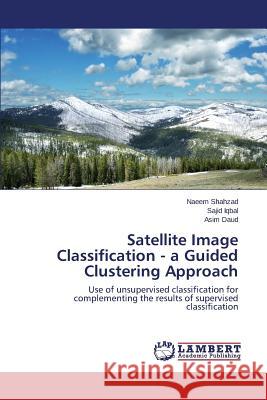Satellite Image Classification - A Guided Clustering Approach » książka
Satellite Image Classification - A Guided Clustering Approach
ISBN-13: 9783659454936 / Angielski / Miękka / 2013 / 52 str.
In supervised classification of remotely sensed imagery the analysts require a plenty of time for generating the representative signatures of the possible land-cover classes present in the image. Although the notion of picking a large number of input signatures leads to more efficient results but in most of the situations the time is an important factor. To save the lavish time, besides to obtain the reliable results, is the requirement of most of the analysts. In this study the results of supervised classification are used as reference for checking the reliability of the results obtained with guided clustering technique as this technique is based on ground truth data and the ancillary information.
In supervised classification of remotely sensed imagery the analysts require a plenty of time for generating the representative signatures of the possible land-cover classes present in the image. Although the notion of picking a large number of input signatures leads to more efficient results but in most of the situations the time is an important factor. To save the lavish time, besides to obtain the reliable results, is the requirement of most of the analysts. In this study the results of supervised classification are used as reference for checking the reliability of the results obtained with guided clustering technique as this technique is based on ground truth data and the ancillary information.











